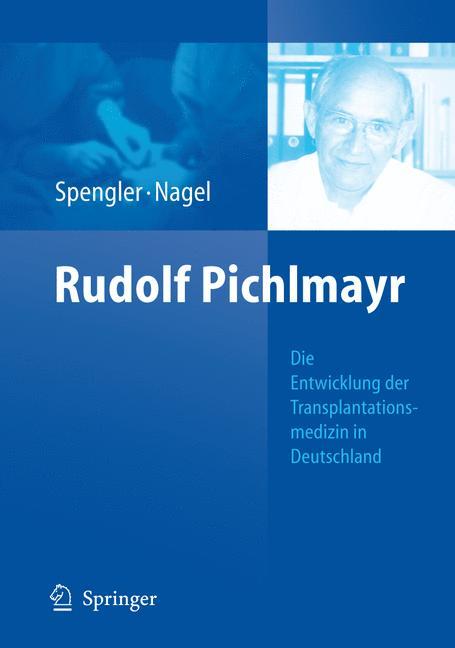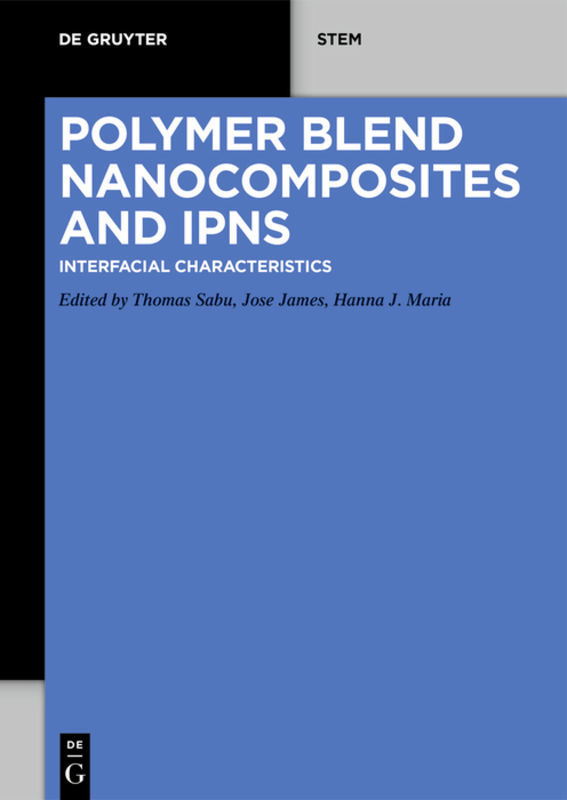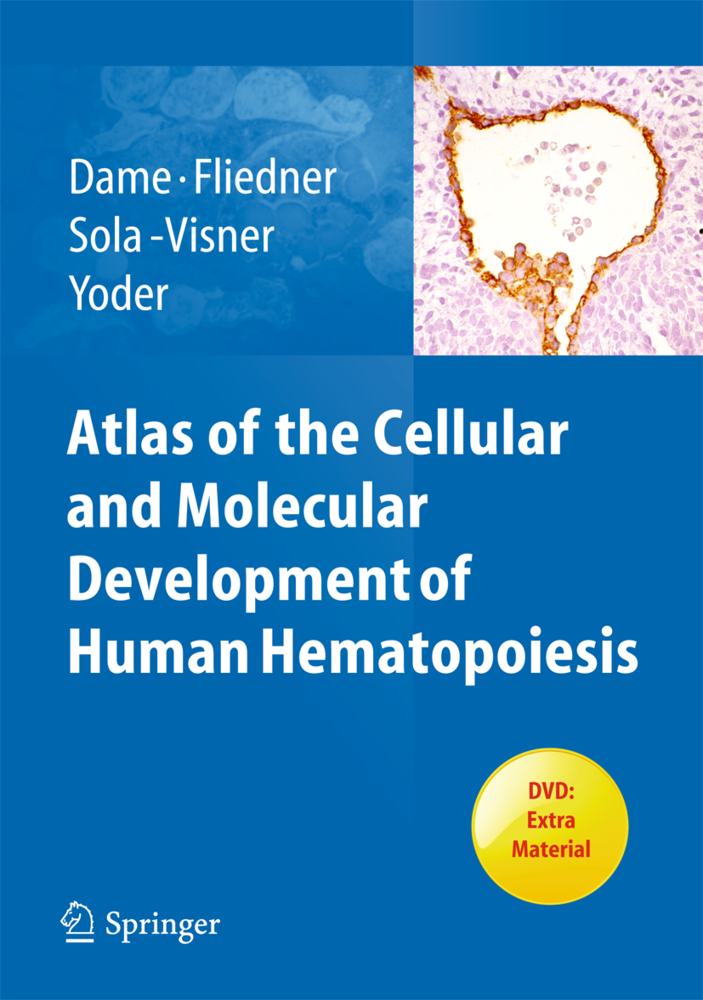Functional MRI (fMRI) and the basic method of BOLD imaging were introduced in 1993 by Seiji Ogawa. From very basic experiments, fMRI has evolved into a clinical application for daily routine brain imaging. There have been various improvements in both the imaging technique as such as well as in the statistical analysis. In this volume, experts in the field share their knowledge and point out possible technical barriers and problems explaining how to solve them. Starting from the very basics on the origin of the BOLD signal, the book covers technical issues, anatomical landmarks, presurgical applications, and special issues in various clinical fields. Other modalities for brain mapping such as PET, TMS, and MEG are also compared with fMRI. This book is intended to give a state-of-the-art overview and to serve as a reference and guide for clinical applications of fMRI.
1;Dedication;5 2;Contents;6 3;Contributors;8 4;Part I: Basics;11 4.1;Chapter 1;12 4.1.1;Introduction;12 4.2;Chapter 2;14 4.2.1;Neuroanatomy and Cortical Landmarks;14 4.2.1.1;2.1 Neuroanatomy and Cortical Landmarks of Functional Areas;14 4.2.1.1.1;2.1.1 Sensorimotor Cortex;14 4.2.1.1.1.1;2.1.1.1 Transverse Sections;14 4.2.1.1.1.2;2.1.1.2 Sagittal Sections;17 4.2.1.1.2;2.1.2 The Insula;18 4.2.1.1.2.1;2.1.2.1 Sagittal Sections;18 4.2.1.1.2.2;2.1.2.2 Transverse Sections;18 4.2.1.1.3;2.1.3 Speech Associated Frontal Areas;19 4.2.1.1.3.1;2.1.3.1 Transverse Sections;19 4.2.1.1.3.2;2.1.3.2 Sagittal Sections;19 4.2.1.1.4;2.1.4 Auditory Cortex and Speech Associated Temporo-Parietal Areas;20 4.2.1.1.4.1;2.1.4.1 Transverse Sections;20 4.2.1.1.4.2;2.1.4.2 Sagittal Sections;21 4.2.1.1.4.3;2.1.4.3 Coronal Sections;21 4.2.1.1.5;2.1.5 Visual Cortex;21 4.2.1.1.5.1;2.1.5.1 Sagittal Sections;21 4.2.1.2;References;21 4.3;Chapter 3;23 4.3.1;Spatial Resolution of fMRI Techniques;23 4.3.1.1;3.1 Introduction;23 4.3.1.2;3.2 Vascular Structure and Hemodynamic Response;23 4.3.1.3;3.3 Spatial Resolution of BOLD fMRI;24 4.3.1.4;3.4 Perfusion-Based fMRI Approaches;27 4.3.1.5;References;28 4.4;Chapter 4;30 4.4.1;The Electrophysiological Background of the fMRI Signal;30 4.4.1.1;4.1 Introduction;30 4.4.1.2;4.2 The Compound Neural Signal;31 4.4.1.3;4.3 The Passive Electric Properties of the Brain;32 4.4.1.4;4.4 The Neural Correlate of the BOLD Signal;34 4.4.1.5;4.5 The Coupling of Synaptic Activity and CBF;37 4.4.1.6;4.6 Conclusions;39 4.4.1.7;References;39 4.5;Chapter 5;41 4.5.1;High-Field fMRI;41 4.5.1.1;5.1 Introduction;41 4.5.1.2;5.2 Benefi ts and Limitations of High- and Ultra-High-Field MRI;41 4.5.1.3;5.3 Special Aspects of High-Field fMRI;42 4.5.1.4;5.4 Ultra-High Field fMRI and Possible Clinical Applications;44 4.5.1.5;References;47 4.6;Chapter 6;49 4.6.1;Press Button Solutions;49 4.6.1.1;6.1 Introduction;49 4.6.1.2;6.2 Material and Methods;49 4.6.1.2.1;6.2.1 Overview;49 4.6.1.2.2;6.2.2 Software Packages (in Alphabetic Order);51 4.6.1.2.2.1;6.2.2.1 BrainLAB;51 4.6.1.2.2.2;6.2.2.2 NordicNeuroLab (NNL)/ NordicImagingLab (NIL);51 4.6.1.2.2.3;6.2.2.3 PHILIPS;52 4.6.1.2.2.4;6.2.2.4 spm2;52 4.6.1.3;Results;52 4.6.1.4;6.3 Discussion/Future Aspects;54 4.6.1.5;References;54 5;Part II: Clinical Applications;55 5.1;Chapter 7;56 5.1.1;Preoperative Blood Oxygen Level Dependent (BOLD) functional Magnetic Resonance Imaging (fMRI) of Motor and Somatosensory Function;56 5.1.1.1;7.1 Rationale for fMRI in Rolandic Neurosurgery;56 5.1.1.2;7.2 Review of Literature*;57 5.1.1.3;7.3 General Considerations;60 5.1.1.4;7.4 Diagnostic Aims;61 5.1.1.5;7.5 Selection of Candidates for Preoperative fMRI;61 5.1.1.6;7.6 Paradigms for Clinical Motor and Somatosensory fMRI;61 5.1.1.7;7.7 Preoperative fMRI in Patients with Rolandic Brain Tumors;64 5.1.1.7.1;7.7.1 Somatotopic Mapping of the Primary Motor Cortex (Standard Protocol);64 5.1.1.7.2;7.7.2 Somatotopic Mapping of the Primary Somatosensory Cortex;67 5.1.1.7.3;7.7.3 Localization of the Precentral Gyrus in Patients with Paresis;67 5.1.1.8;7.8 Limitations and Pitfalls;69 5.1.1.9;References;70 5.2;Chapter 8;74 5.2.1;The Functional Anatomy of Speech Processing: From Auditory Cortex to Speech Recognition and Speech Production;74 5.2.1.1;8.1 Introduction;74 5.2.1.2;8.2 Hierarchical Organization of Auditory Cortex;74 5.2.1.3;8.3 STS Supports Phonological Aspects of Speech Recognition;74 5.2.1.4;8.4 Access to Conceptual-Semantic Information May Involve Middle Temporal Regions;76 5.2.1.5;8.5 Sensory Systems Participatein Speech Production;77 5.2.1.6;8.6 The Posterior Planum Temporale Supports Sensory-Motor Integration;77 5.2.1.7;8.7 Summary;78 5.2.1.8;References;79 5.3;Chapter 9;81 5.3.1;Use of fMRI Language Lateralization for Quantitative Prediction of Naming and Verbal Memory Outcome in Left Temporal Lobe Epilepsy Surgery;81 5.3.1.1;9.1 Use of fMRI for Predicting Naming Outcome;81 5.3.1.1.1;9.1.1 Measuring Language Lateralization;81 5.3.1.1.
| ISBN | 9783540681328 |
|---|---|
| Artikelnummer | 9783540681328 |
| Medientyp | E-Book - PDF |
| Auflage | 2. Aufl. |
| Copyrightjahr | 2010 |
| Verlag | Springer-Verlag |
| Umfang | 181 Seiten |
| Kopierschutz | Digitales Wasserzeichen |










